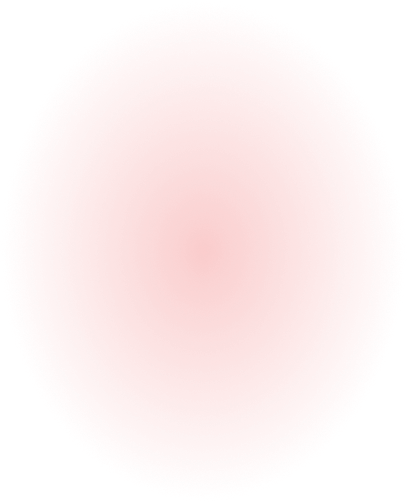Sleep Restoration, Microglia, and Alzheimer’s Disease

About the Research Project
Program
Award Type
Postdoctoral Fellowship
Award Amount
$200,000
Active Dates
July 01, 2022 - June 30, 2024
Grant ID
A2022028F
Goals
Using state-of-the-art laboratory technologies, we will develop effective strategies to restore sleep and assess its effect on memory function and pathological progression of Alzheimer’s disease (AD).
Summary
Alzheimer’s disease (AD) is associated with profound sleep disturbances that contribute to the disease progression, particularly at early stages of disease. Using state-of-the-art laboratory technologies, we will develop effective strategies to restore sleep and assess its effect on memory function and pathological progression of AD. Additionally, we will investigate the responses of microglia to sleep rescue using a multi-pronged design assessing the morphological, functional, and genetic aspects. This study will provide the basis for novel therapeutic strategies for AD.
Unique and Innovative
First, the concept of targeting sleep-dependent slow-wave activity (SWA) to slow Alzheimer’s disease is innovative. This work will provide an essential proof-of-concept for the role of GABAergic interneurons in Alzheimer’s disease (AD)-related sleep deficits. Additionally, we will uncover the responses of microglia using a multi-pronged design including morphological, functional, and genetic assessments. Second, a multitude of state-of-the-art methodological tools will be implemented, including optogenetics, multiphoton microscopy, flow cytometry, and sleep studies.
Foreseeable Benefits
If successful, this work will implicate interneurons and microglia in sleep-dependent circuit dysfunction underlying sleep and memory deficits Alzheimer’s patients exhibit. Thus, this work will potentially lead to a range of therapeutic strategies to be pursued in future studies, including therapeutic targeting of interneurons and their signaling mechanisms, microglia and neuroinflammation, as well as sleep-dependent brain rhythms.
Related Grants
Alzheimer's Disease Research
A Sleeping Pill for Alzheimer's Disease
Active Dates
July 01, 2025 - June 30, 2028

Principal Investigator
Ksenia Kastanenka, PhD
Current Organization
Massachusetts General Hospital
Alzheimer's Disease Research
Repairing the Body Clock to Delay Alzheimer's Disease
Active Dates
July 01, 2025 - June 30, 2028

Principal Investigator
Jae-eun Miller, PhD
Current Organization
Columbia University
Alzheimer's Disease Research
Circadian Rhythm Disruption and Alzheimer's Disease
Active Dates
July 01, 2024 - June 30, 2026

Principal Investigator
Ashish Sharma, PhD, MPharm
Current Organization
Washington University in St. Louis



